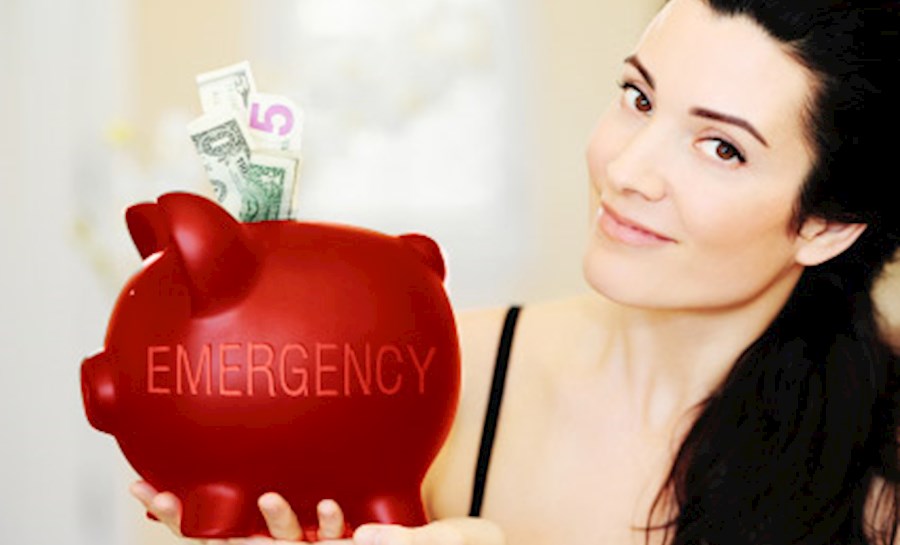This is a smart investment move for your financial future. The ideal emergency fund has three to six months of living expenses in it so that you have cash to cover expenses when unexpected events occur. Without an emergency fund, you’d have to resort to using credit cards or taking out a loan to cover the costs of unexpected expenses. When you use credit, you could end up owing tremendously more due to the interest accrued. This certainly affects your ability to save money and keeps you in the debt cycle.
If you’ve already contributed your tax return to your emergency fund, make sure you maintain it (not drain it!) The key to funding your emergency fund is controlling your spending. Take an inventory of your cash spending by tracking all expenses for 30 days. Look for creative ways to save by cutting back on expenses for unnecessary items like dining out, shopping sprees, etc. Set a goal to contribute the set amount of money that you are saving each month to your emergency fund.
